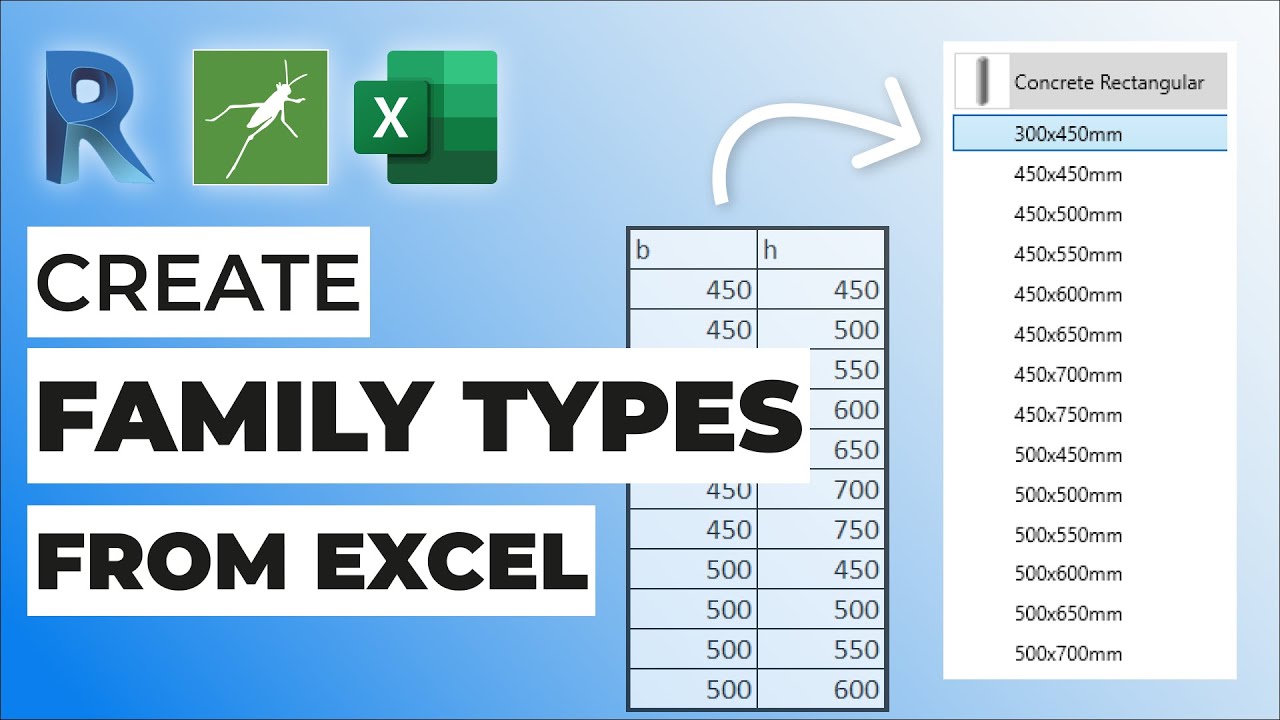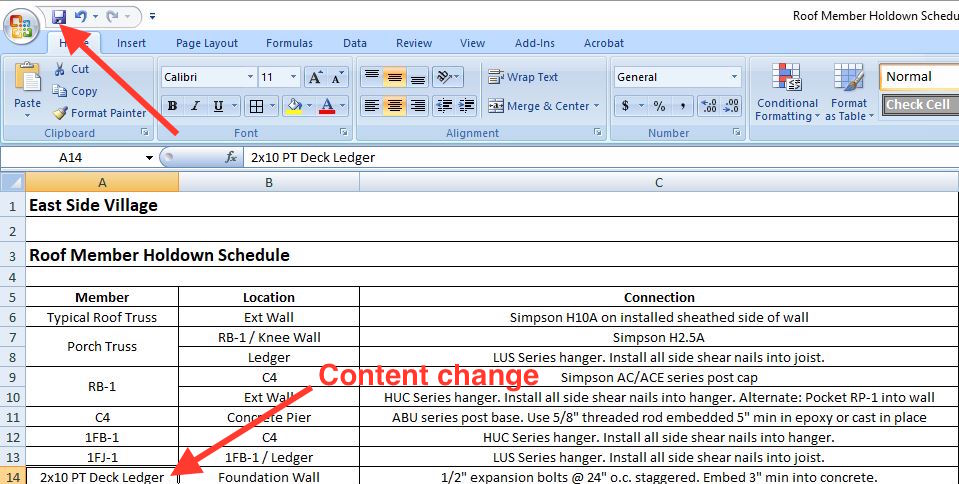Seamlessly Import Excel into Revit: Boost Your Performance
Wiki Article
Mastering the Art of Information Assimilation: How to Seamlessly Import Excel Data Into Revit
Are you struggling to import Excel data right into Revit efficiently? Look no further! In this post, we will certainly guide you through the process of understanding the art of information integration. Discover the value of smooth assimilation in Revit and explore the Excel file style for Revit combination. Prepare to prepare your Excel data effortlessly and follow our step-by-step guide to import data right into Revit. With our ideal techniques, you'll achieve data integration success in no time at all. Allow's obtain begun!Comprehending the Significance of Data Integration in Revit
Understanding the significance of information combination in Revit is vital for smooth importing of Excel data. When you incorporate data from Excel into Revit, it allows you to efficiently upgrade and take care of info throughout the entire project. This combination guarantees that your design and building and construction procedure is precise and up-to-date.By integrating data, you can conveniently import and update parameters, timetables, and also geometry in Revit. This gets rid of the need for hand-operated data entry, conserving you time and decreasing the risk of mistakes. With Revit's data assimilation abilities, you can maintain uniformity and accuracy in your task, while likewise improving cooperation among staff member.

Exploring the Excel File Format for Revit Assimilation

In order to successfully incorporate Excel documents into Revit, it is essential to ensure that the information is formatted properly. This includes effectively identifying columns and rows, along with structuring the information in such a way that is suitable with Revit's data schema. Revit uses details specifications and categories to arrange data, so it is essential to line up the Excel data with these criteria to guarantee a smooth combination.
In addition, it is very important to note that Revit just supports specific information types when importing from Excel. These consist of text, numbers, and days. Any various other data kinds, such as solutions or conditional formatting, will certainly not be acknowledged by Revit and might cause concerns during the combination procedure.
Preparing Your Excel Data for Seamless Import Into Revit
To make sure a smooth assimilation procedure, you'll require to properly format and label the columns and rows in your Excel data before importing it into Revit. Start by examining your Excel data and determining which rows and columns consist of pertinent details for your Revit task.Following, make certain that the information in each column is effectively formatted. For instance, if you have a column for address measurements, make certain that all measurements are regularly formatted in the very same devices of dimension. Revit relies upon regular format to properly translate and import data.
Additionally, it is necessary to look for any vacant cells or incongruities in your information. Revit may not be able to read or import information from cells that are empty or include errors. It is advised to examine your Excel data and cleanse up any type of disparities before importing it right into Revit.
Step-By-Step Guide to Importing Excel Files Into Revit
As soon as you've properly formatted and classified your Excel data, you can easily import it right into Revit by following this step-by-step overview. To begin, open Revit and browse to the "Insert" tab. Click on "Import CAD" and select "Import Excel" from the dropdown food selection. A new home window will show up, asking you to find the Excel documents you intend to import. Browse you could check here your computer system and select the Excel documents, then click "Open."Following, a dialog box will show up, allowing you to personalize the import setups. Right here, you can pick the worksheet you intend to import, define the variety of cells to import, and choose the ideal units for your information. As soon as you've made your options, click "OK" to continue.
Revit will currently present a preview of your Excel information. Take a minute to guarantee and examine the sneak peek that everything looks right. If required, you can make adjustments to the import settings by clicking the "Setups" button.
Best Practices for Data Assimilation Success in Revit
Make certain you follow these finest read what he said techniques to make certain successful combination of information in Revit. Primarily, it is essential to organize your information in Excel prior to importing it right into Revit. This indicates ensuring consistent naming conventions, proper formatting, and precise data depiction. Next off, use Revit's integrated devices for information mapping. This will certainly enable you to match the columns in your Excel documents with the equivalent criteria in Revit. Be conscious of the units and information types when mapping the data, as any discrepancies can result in errors in the integration process.An additional essential technique is to on a regular basis verify and upgrade your data. In addition, make usage of data recognition tools within Revit to determine any errors or inconsistencies in the incorporated data.
Last but not least, it is recommended to develop a clear workflow for information integration. This includes specifying obligations and duties, setting up an interaction network between employee, and establishing a normal cadence for information updates and testimonials. By complying with these ideal practices, you can make sure a effective and smooth integration of data in Revit, inevitably improving the effectiveness and precision of your project.
Final Thought
In verdict, mastering the art of data combination is critical for seamless import of Excel files right into Revit. Recognizing the importance of data combination in Revit is the very first step towards successful combination. Discovering the Excel documents format for Revit integration helps in comprehending the constraints and requirements. Preparing the Excel data correctly and complying with a detailed overview is crucial for a smooth import procedure. By adhering to best practices, you can ensure data integration success in Revit and make the most out of your project.When importing data from Excel into Revit, it is essential to understand the file layout and just how it can influence the combination process (revit tool). Revit utilizes particular parameters and categories to arrange information, so it is essential to align the Excel information with these criteria to make sure a seamless integration
Be conscious of the systems and data types when mapping the data, as any kind of inconsistencies can lead to errors in the assimilation procedure.
Additionally, make usage of information validation devices within Revit to determine any mistakes or variances in the integrated information.

Report this wiki page